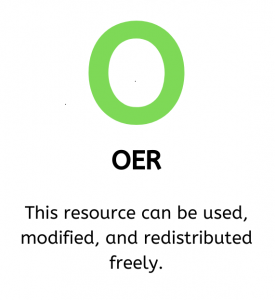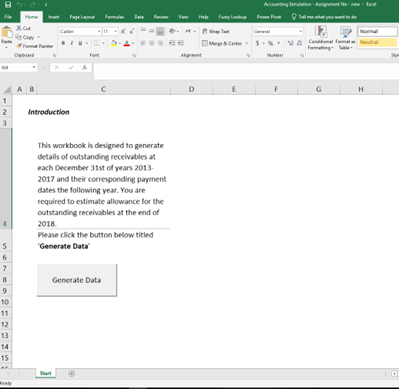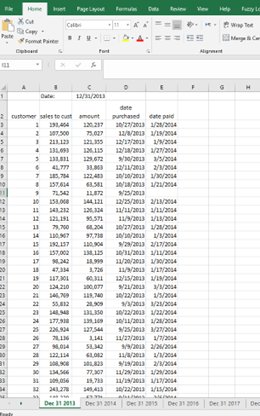| Developed by Hagit Levy-Shalev, Stan Ross Department of Accountancy, Baruch College, CUNY |
The case method offers one of the most useful pedagogical tools to incorporate data analytics content in accounting courses and help students develop an “analytical mindset.” It offers students hands on experience with manipulating data and with its analysis, and helps students gain the technical proficiencies they need to analyze data in a real-world accounting setting. The challenge the Accounting Department faces in assigning individual data analysis case studies in large sections is how to avoid academic integrity issues and collaboration between students working on the same dataset.
The Assignment
To overcome this obstacle, we created case studies that use randomization techniques, such that each student receives a different dataset. Students download two files: a PDF containing a description of the case study, the data associated with it, and detailed instructions on the output required from them; and an Excel file containing a VBA macro which, when run, generates realistic case study data. The randomly generated data achieves two objectives: 1) students cannot share quantitative answers, and 2) qualitative analysis of the results is distinct for each dataset due to the randomness of the data.
The main challenges to incorporating randomized databases to case studies are generating databases that yield realistic data while still creating enough variability to enhance analysis, and grading – randomizing the data requires grading each quantitative case solution individually.
To create a realistic set of databases, the randomized databases are created using Excel VBA macros and randomization formulas based on specific underlying means and standard deviations. For example, a case study involving aging of receivables provides “historical” data of write-offs that correlate to the age of the receivable at a given point in time. Randomizing the number of customers across students makes replicating formulas from other students more difficult. Additional institutional variation can be incorporated, based on the case study at hand.
The second challenge is grading, especially in large multi-section courses. To facilitate the grading of the quantitative portion of these cases, instructors can use an auto-grading python script which loops through all the students’ Excel file submissions. The auto-grading program opens each Excel file, copies the data into a master solution file and compares the student’s answers to the master file calculated solution. The program also collects summary data from each of the students’ files so that we can compare students’ datasets to ensure none were shared between students.
Supplemental Materials
Our “Accounts Receivable Data & Analysis Excel based case study” is available for interested faculty. Materials include the case study, excel file with the underlying VBA macros, and a solution file (both quantitative and qualitative). Our auto-grading python script is still being modified to accommodate different types of solution sheets.
Faculty Information
Hagit Levy-Shalev is an Associate Professor in the Stan Ross Department of Accountancy at the Zicklin School of Business. Her research interests focus on the effects of information asymmetry on managerial decisions and on the effects of managerial incentives on real activities. She has been teaching data analytics to both undergraduate and graduate accounting students for the past five years. Before joining academia, Hagit worked as a consultant for an applied economic consultancy firm in different areas such as industrial organization, risk assessments and macro-economic trends.
Licensing Information
![]() The “Accounts Receivable Data & Analysis Cases in Accounting” assignment by Hagit Levy-Shalev is licensed under a Creative Commons Attribution-ShareAlike 4.0 license.
The “Accounts Receivable Data & Analysis Cases in Accounting” assignment by Hagit Levy-Shalev is licensed under a Creative Commons Attribution-ShareAlike 4.0 license.
 The “Accounts Receivable Data & Analysis Cases in Accounting” assignment by Hagit Levy-Shalev is an Open Educational Resource.
The “Accounts Receivable Data & Analysis Cases in Accounting” assignment by Hagit Levy-Shalev is an Open Educational Resource.




